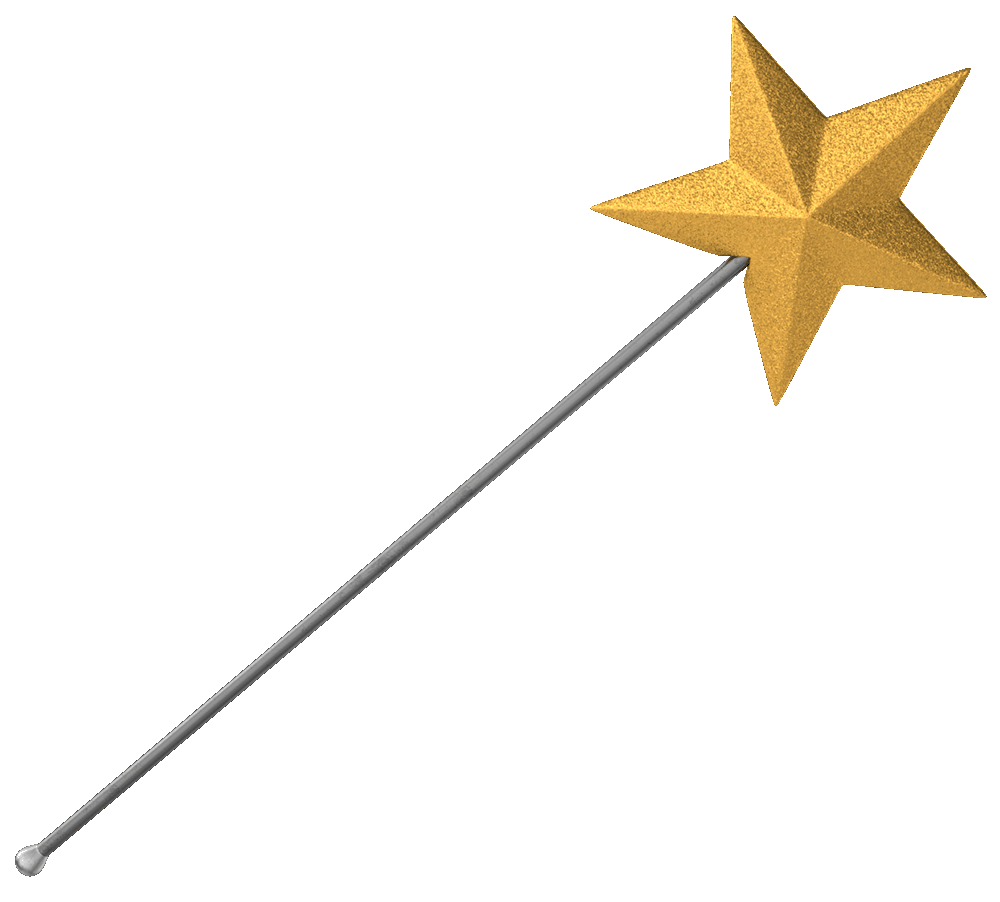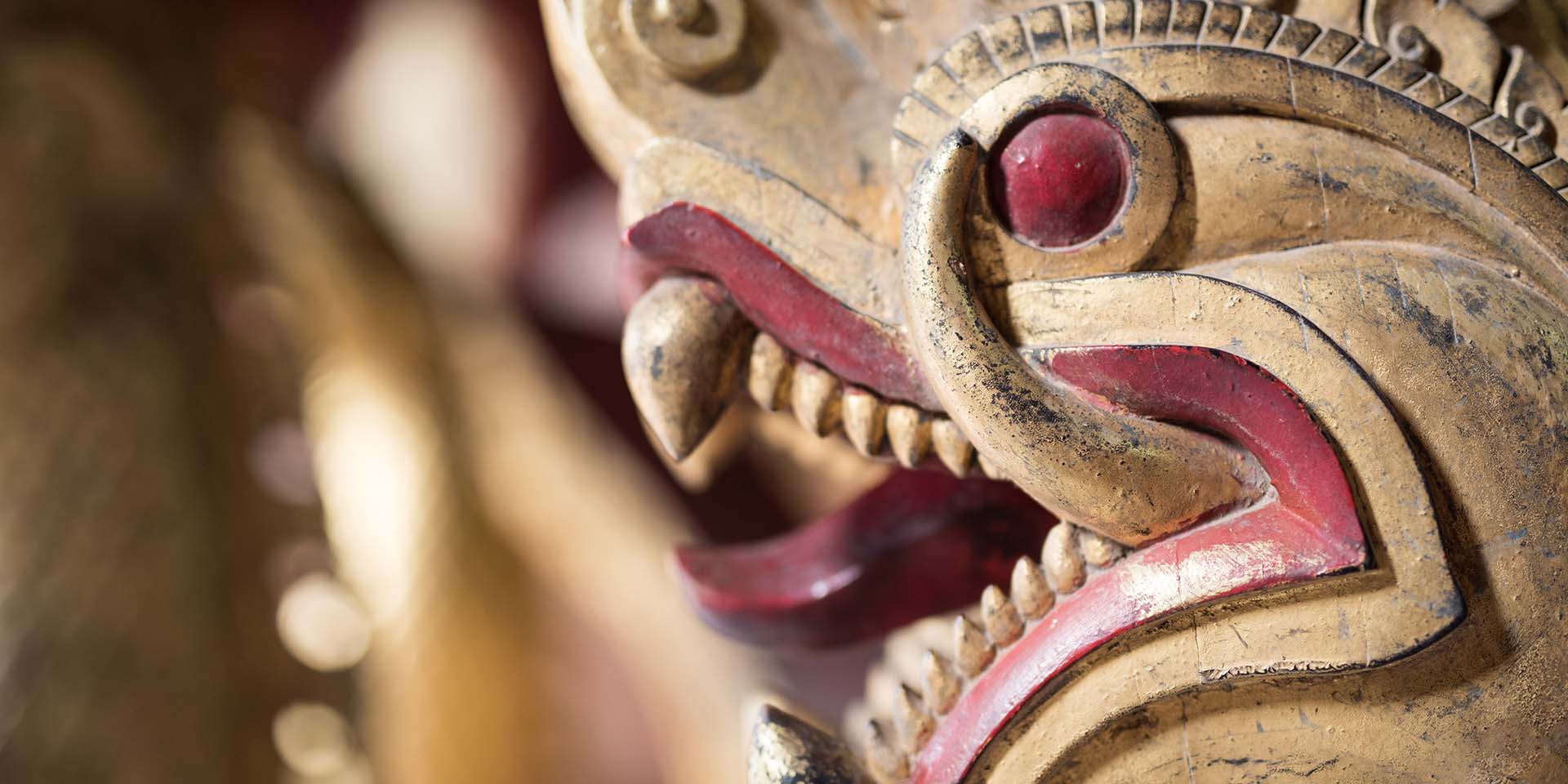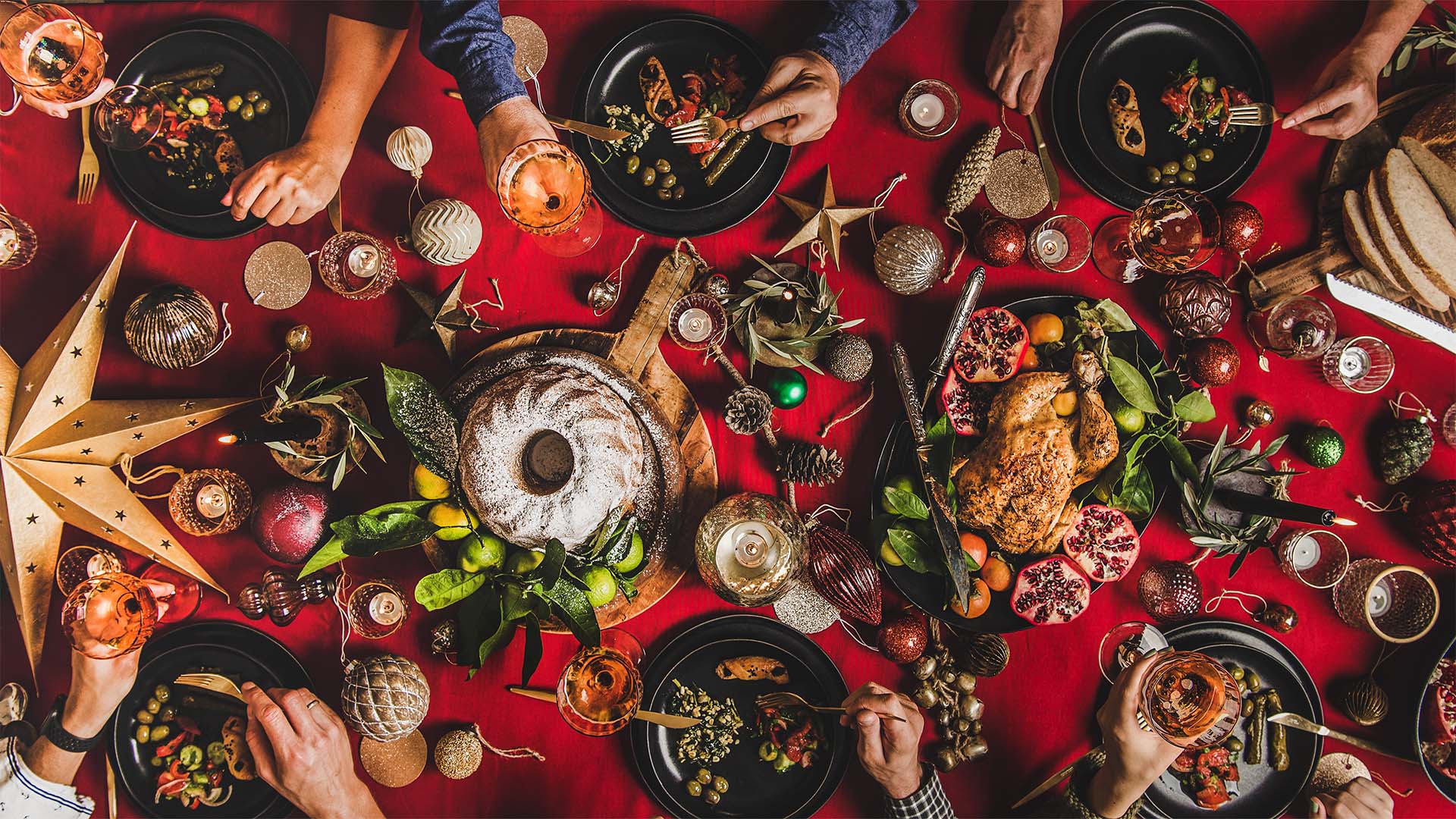Introduction
Some say that teeth hold secrets. Little ivory bones, nestled in the mouth, with ancient stories that echo through the ages. They are not just tools for chewing or indicators of good hygiene. In many cultures, teeth are portals to myths, superstition and even magic. Do you remember the first time you lost a tooth? Perhaps you kept it under your pillow, waiting for the Tooth Fairy to visit. But the truth is that long before the Fairy arrived in our beds, teeth already carried legends that crossed generations, cultures and continents.
The Tooth Fairy: A Relatively Young Figure
Let’s start with the most familiar of them all: the Tooth Fairy. This enchanting figure, who exchanges milk teeth for coins, seems harmless, but her origins are surprisingly modern. The Tooth Fairy, as we know it today, is believed to have appeared in the 20th century in the United States. According to tradition, whenever a child lost a tooth, it had to be left under the pillow and the fairy would come and collect it, leaving a small reward in return.
But the tradition of saving teeth is not new. In ancient cultures, fallen teeth had a powerful symbolic value. In the Middle Ages, in European countries, it was believed that if a child’s teeth fell into the wrong hands, they could be used for witchcraft. It was therefore essential that the teeth were buried, burnt or otherwise destroyed to protect the child from bad influences. The habit of leaving a tooth to a mystical entity, such as the Tooth Fairy, may have evolved from these ancient protective practices.
Rituals and Superstitions with Teeth in the Ancient World
In many ancient cultures, teeth were not simply part of the anatomy, but objects loaded with deep meanings. In ancient Egypt, for example, dental disease was a common problem, due to the diet rich in fibrous foods and sand that got into the food with the desert wind. But teeth were not just a medical concern. It was believed that having someone else’s tooth – especially an enemy’s – could bring power and control over that person.
In American Indian tribes, there were specific rituals linked to the loss of teeth. Some tribes believed that by burying a baby tooth, they were helping the child to have a prosperous future, while others kept fallen teeth as good luck charms. Curiously, many of these practices still exist today in more modern and diluted forms, such as the tooth boxes that some parents keep.

Teeth and Witchcraft: The Dark Side of Beliefs
Not all the legends surrounding teeth are innocent or festive. In the folklore of various regions of Europe, teeth played an important role in witchcraft and sorcery. The belief that teeth could be used to curse a person or even control them is documented in several ancient texts. In the Balkans, for example, it was believed that if someone found a person’s tooth and put it in a doll, they could manipulate that person’s thoughts and actions.
In Russia, teeth were associated with protection from evil spirits. The loss of a tooth, especially a child’s, could attract the interest of demons, so parents would burn fallen teeth to protect their children. This link between teeth and the supernatural is reflected in other cultures, such as Japan, where teeth were used in rituals to protect against diseases and plagues.
The Influence of Teeth in Traditional and Popular Medicine
The connection between teeth and health goes beyond modern scientific explanations. In traditional Chinese medicine, for example, the teeth are seen as an extension of the kidneys, and dental problems can be a reflection of issues in the internal organs. This holistic view contrasts with modern Western medicine, but for many practitioners of traditional medicine, oral health is a mirror of the body’s overall health.
Recent statistics show that 30 per cent of children worldwide lose teeth due to decay before the age of 12, which raises questions about oral health practices and the impact of traditional beliefs on preventing dental problems. Curiously, some of these practices, such as the use of specific plants to clean teeth, have a scientific basis. The use of chewing toothpicks from specific trees, such as the Miswak in the Middle East, has been shown to have antibacterial properties,
Conclusion
Teeth, the small bones hidden in our mouths, are the protagonists of legends and rituals as varied as the cultures that created them. From the Tooth Fairy to beliefs about protection from spirits, their symbolism goes beyond their physical function. Despite advances in dentistry, these stories remain alive, intertwined with our traditions and beliefs. Today, we continue to respect the rituals surrounding teeth, whether it’s keeping a child’s baby tooth or using cleaning methods inherited from our ancestors.
If you lose a tooth today, apart from going to the dentist, what will you do with it?
Scientific references
1. Organização Mundial de Saúde. (2023). “Saúde oral”. Disponível em: https://www.who.int/health-topics/oral-health
2.Almas, K. (1999). “O efeito do uso do Miswak na saúde oral: A review”. Journal of Contemporary Dental Practice.



